The installation Escape from Where We Are is my response to the experiences of staying at home and traveling during the pandemic restrictions between London, Paris and Taiwan, reusing, refiguring and dismantling found materials and objects. I collected most of the materials from streets in Paris and the abandoned childhood home I lived in again briefly during my quarantine in Taiwan. In my old house in Taiwan my parents have kept many unused obsessively saved items such as a broken fan without a head, a metal stick from a clothes hanger and a dead plant. I think this compulsive hoarding is partly explained by their cultural memory and experience of Japanese and Chinese colonisation and post-war history. The way in which the objects were carefully dismantled, reassembled, precariously placed and saved over time in this house has taken on new meaning for me during the pandemic.
During my quarantine in the house, I carefully chose a group of objects to use in my installation and re-painted the objects in the faded strange old colours I found there. For me the shifting status of these things echoes the present unpredictable situation and some kind of new alienation I now feel between me and the nature of materiality.
On the wall in the installation is a ‘future message’ on hinged panels in the shape of a French First Aid sign examining our need for superstitious beliefs and certain collective behaviours in times of stress. In Taiwan people often visit the temple to get a ‘future message’. By putting a coin in a slot you receive a number referring to your message like an automated fortune teller, easing the believers’ anxiety and stress.
Reflecting my belief in the potential of objects to heal, the glass snake in the central sculpture entwined around a palm tree made from objects collected from my home, refers to the ancient Greek symbol for health and medicine. A plant pot filled with recycled glass sand stands on a column made of green plaster Canelés (French pastries). I collected the glass sand from the glass manufacturing factory in Taiwan where I oversaw the making of the hand blown glass sausages and snake. I also included other found objects and leaves from tropical plants that for me represent the exotic and the history of colonialism. There is also a baguette and a glass sausage; objects I made from the nostalgic memory of a normal day spent at a cafe and walking on the streets in France. Underneath the baguette, I engraved a Hungarian text on a block of butter made of wax saying: Enjoy your meal! The entire stand is unevenly spread with a layer of this wax ‘butter’ as is the surrounding structure.
Three red ‘Pig Coins’ made in Perspex are wedged between wire shelves from a fridge I found in Paris. These “Pig Coins” are similar to tokens used in casinos and might be connected to buying some kind of future message or even crypto-currency.
1. Escape from Where We Are, 2021, Dimensions variable, Flour, glass, paint, perspex, plywood, powder coated mild steel, string, wax
2. Sundance, 2021, 40 x 40 x 160 cm, Chrome plated steel, found object, glass, leaf, paint, plaster, powder coated stainless steel
2. Future Message, 2021, 73 x 50 x 22 cm, Aluminium, Japanese paper, mild steel, paint, plywood




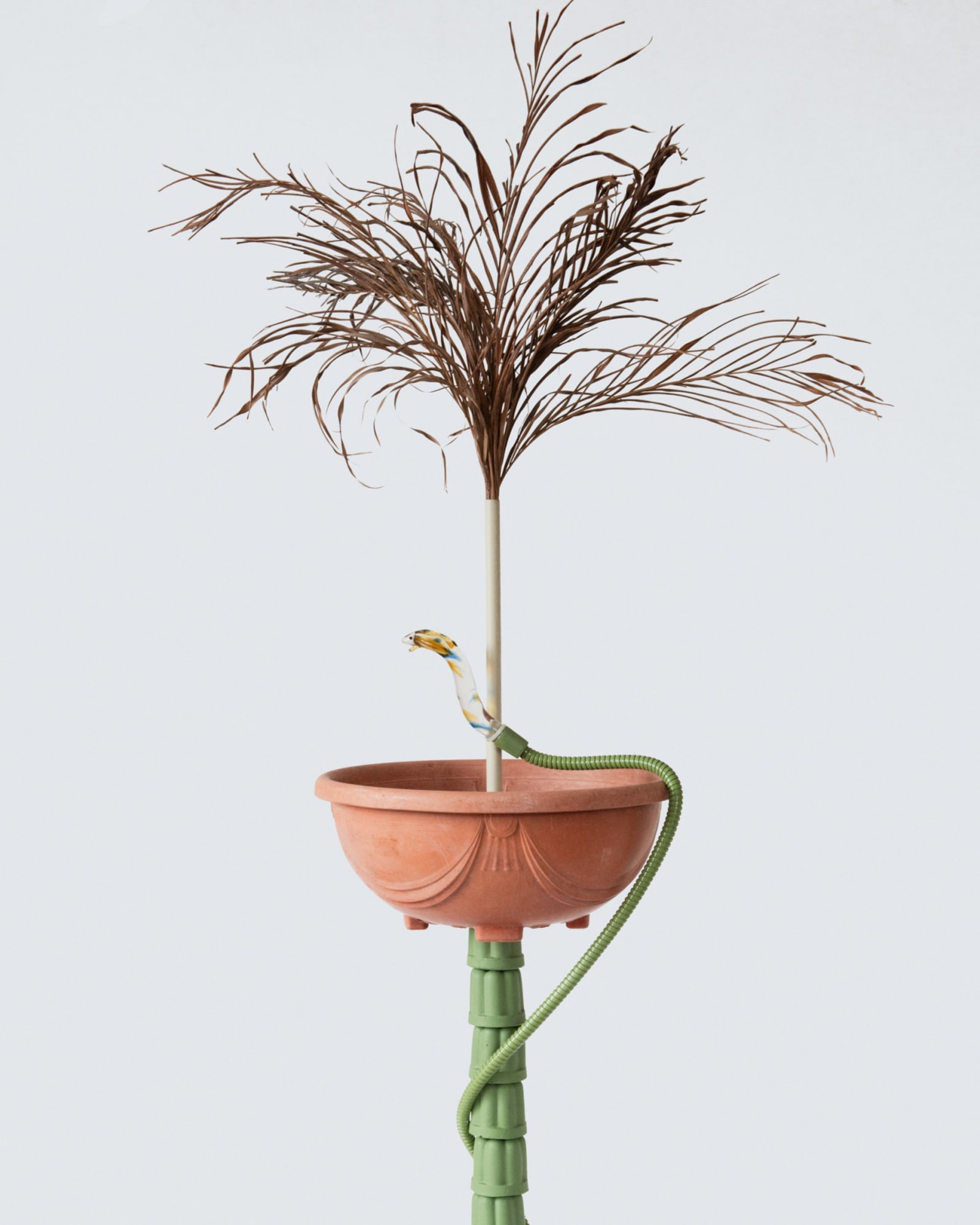
![[Detail] Paint, plaster, plastic, powder coated stainless steel](https://res.cloudinary.com/rca2020/image/upload/f_auto,h_2000,w_1600,c_fill,g_auto,q_auto/v1/rca2021/60c4c0b6a98c7847e571b2b7-360771?_a=AXAH4S10)


![[Detail] Glass, powder coated stainless steel](https://res.cloudinary.com/rca2020/image/upload/f_auto,h_2000,w_1600,c_fill,g_auto,q_auto/v1/rca2021/60c4c0b6a98c7847e571b2b7-571468?_a=AXAH4S10)
![[Detail] Glass, powder coated stainless steel](https://res.cloudinary.com/rca2020/image/upload/f_auto,h_2000,w_1600,c_fill,g_auto,q_auto/v1/rca2021/60c4c0b6a98c7847e571b2b7-669728?_a=AXAH4S10)

![[Detail] Powder coated stainless steel, wax](https://res.cloudinary.com/rca2020/image/upload/f_auto,h_2000,w_1600,c_fill,g_auto,q_auto/v1/rca2021/60c4c0b6a98c7847e571b2b7-89397?_a=AXAH4S10)

![[Detail] Flour, mild steel](https://res.cloudinary.com/rca2020/image/upload/f_auto,h_2000,w_1600,c_fill,g_auto,q_auto/v1/rca2021/60c4c0b6a98c7847e571b2b7-338311?_a=AXAH4S10)

![[Detail] Glass, paint, perspex, pigment, plaster, plywood, powder coated mild steel](https://res.cloudinary.com/rca2020/image/upload/f_auto,h_1920,w_1920,c_fill,g_auto,q_auto/v1/rca2021/60c4c0b6a98c7847e571b2b7-548442?_a=AXAH4S10)



![[Detail] Aluminium, chemiwood, hinge, Japanese paper, paint, plywood, mild steel](https://res.cloudinary.com/rca2020/image/upload/f_auto,h_2400,w_1920,c_fill,g_auto,q_auto/v1/rca2021/60c4c0b6a98c7847e571b2b7-966660?_a=AXAH4S10)





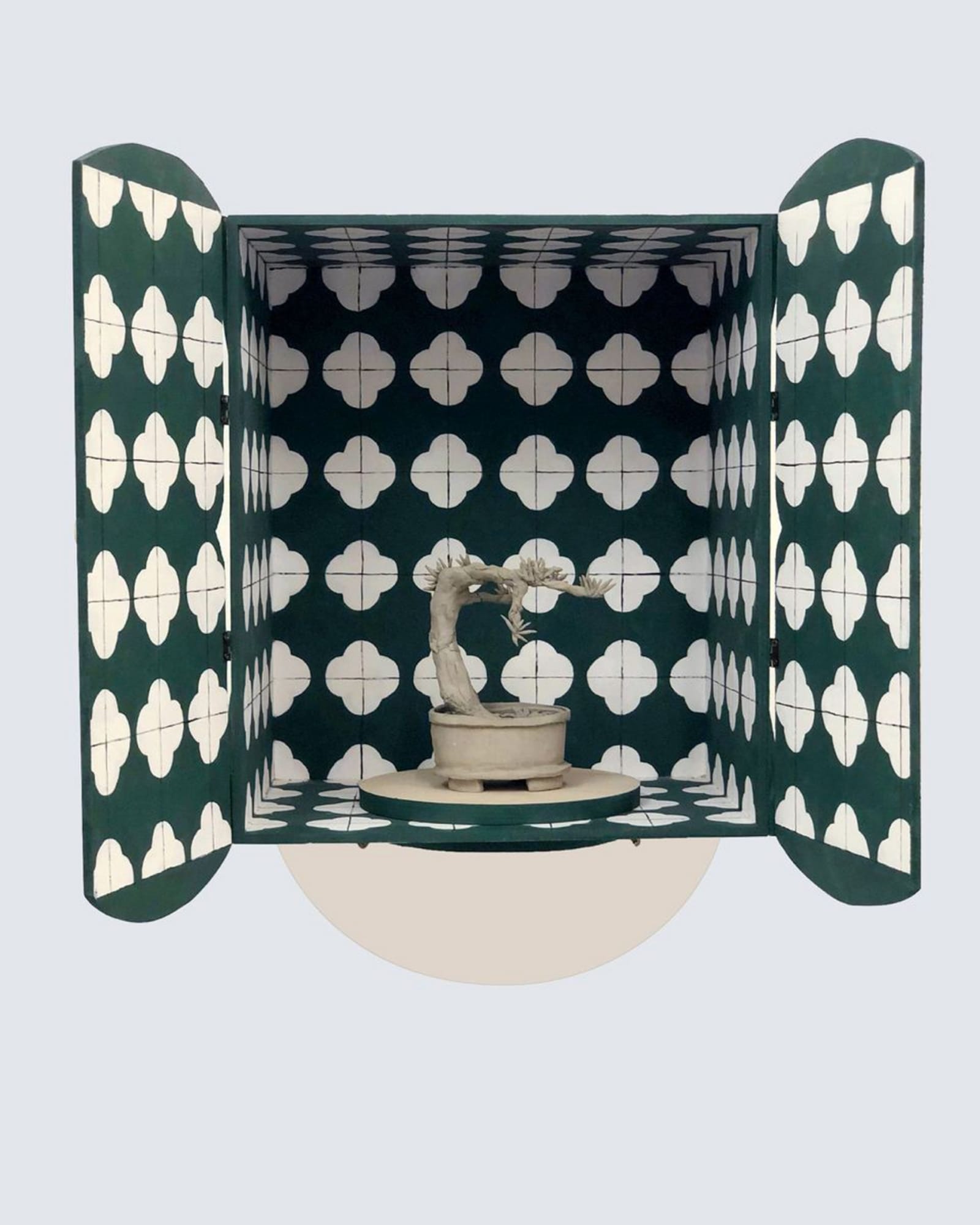


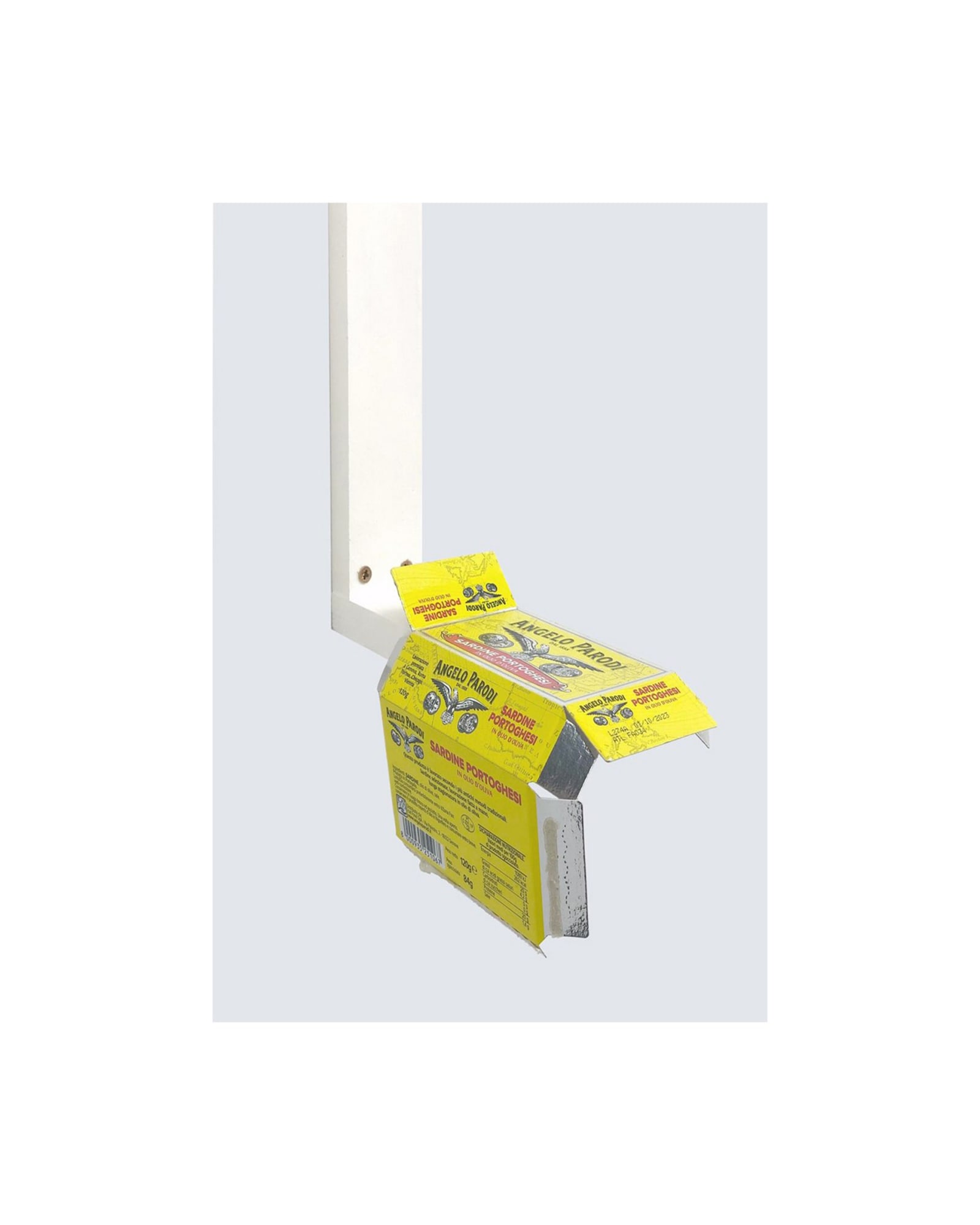

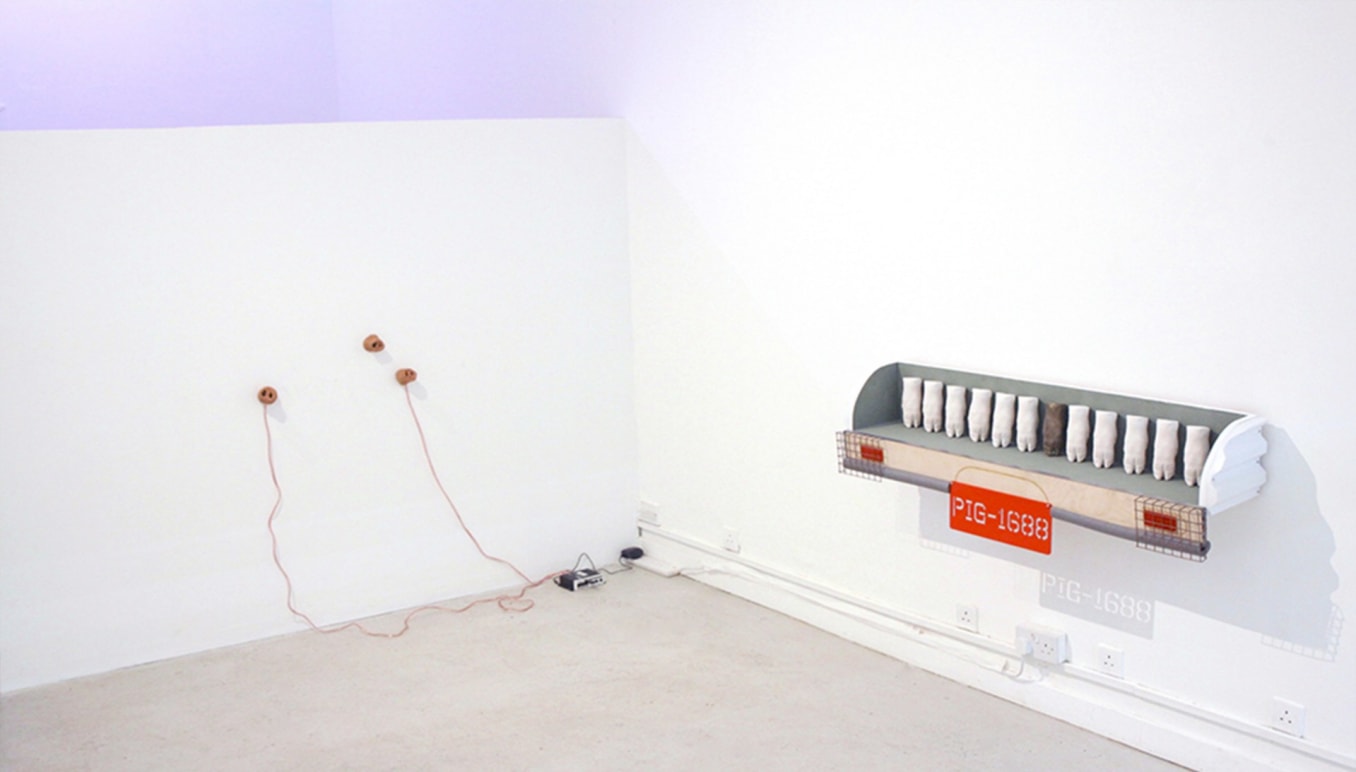

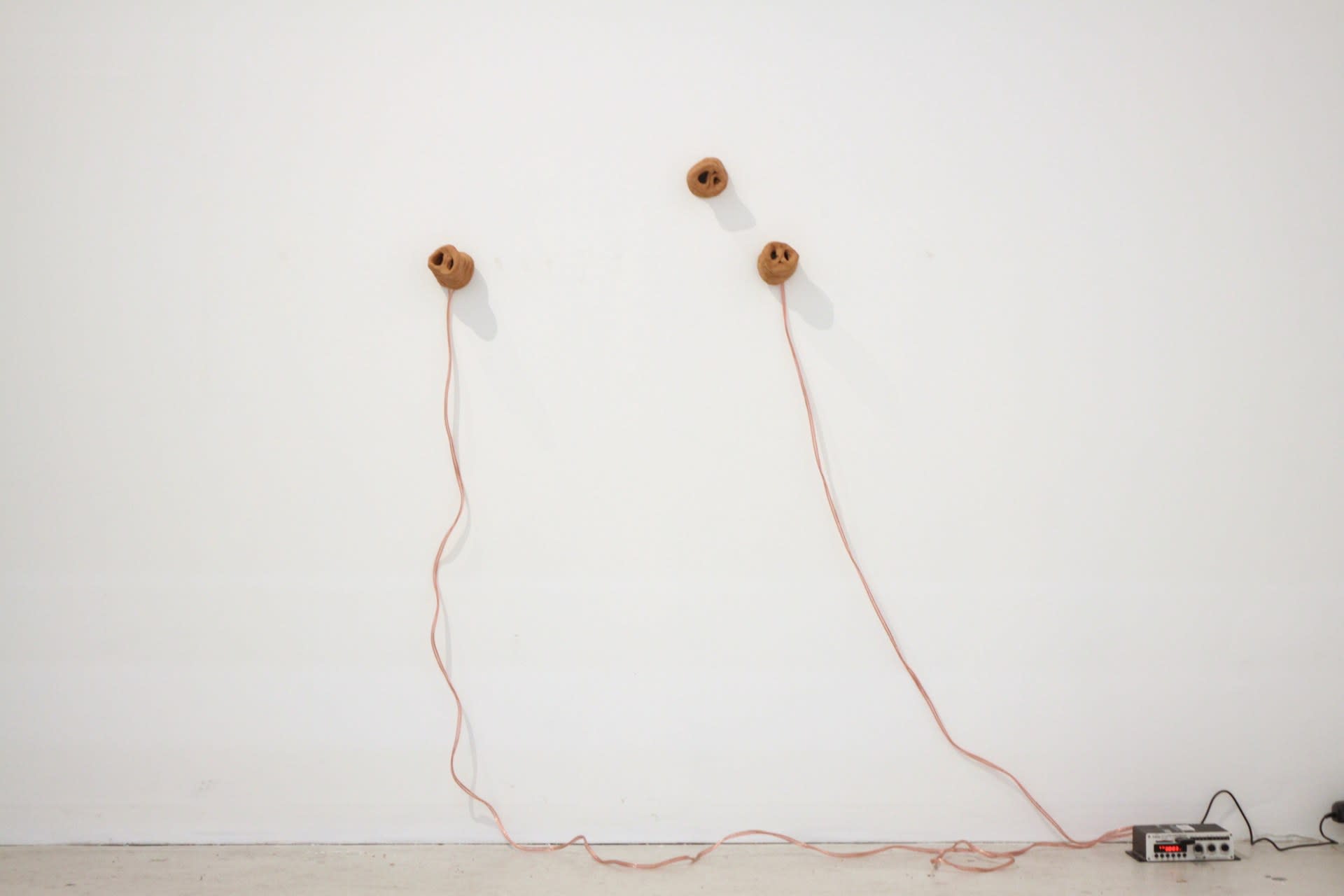
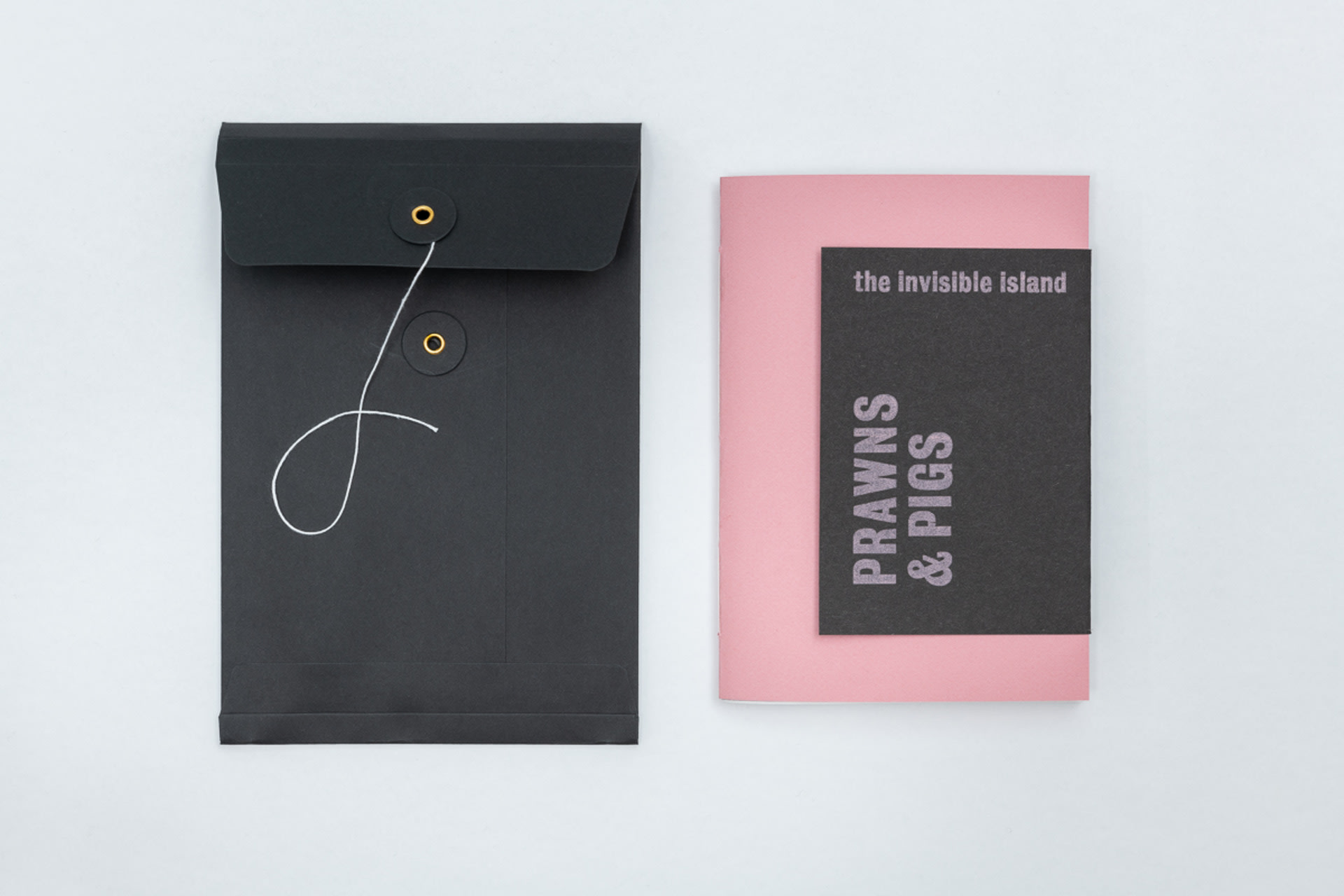






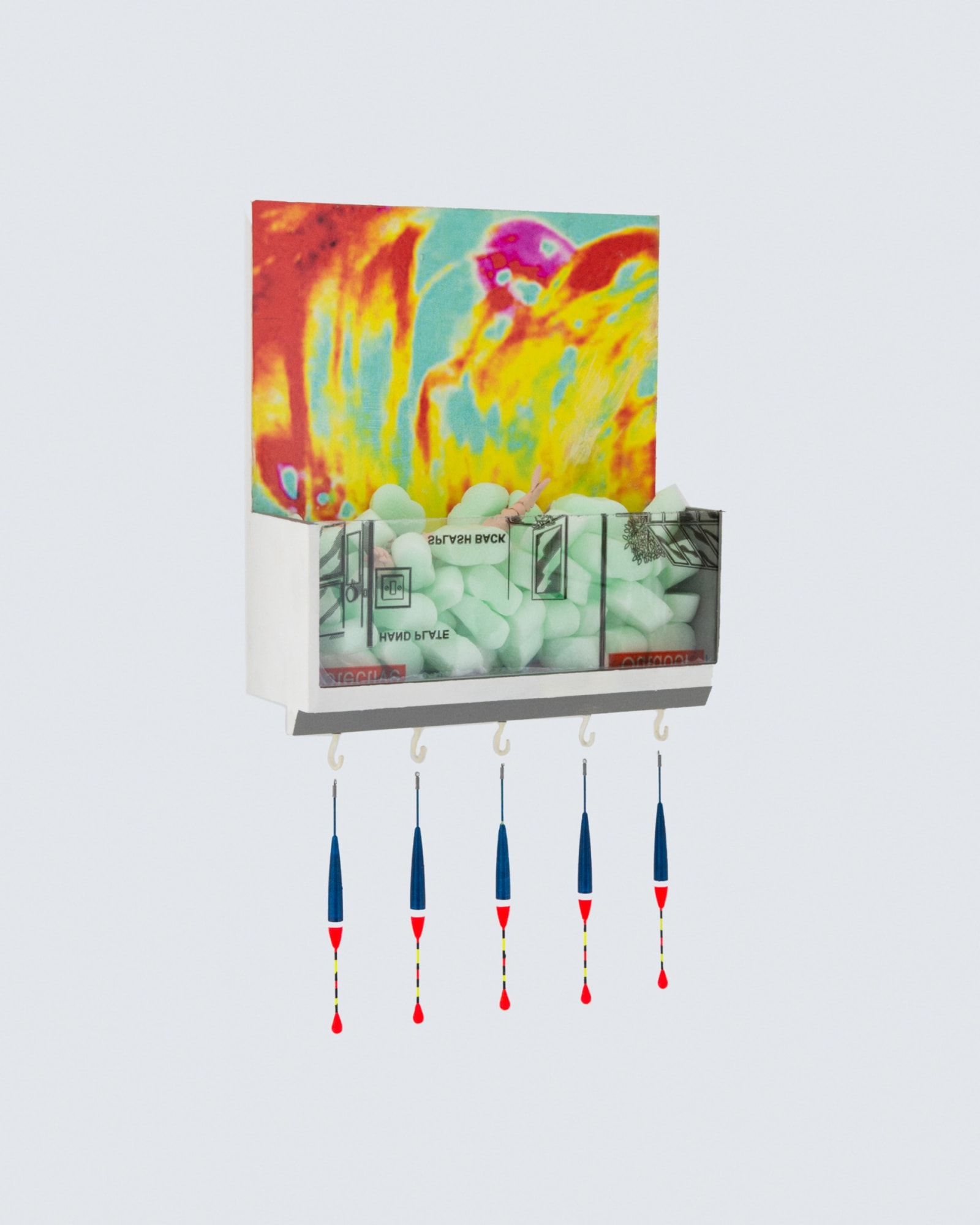


![[Detail] Gelatin silver print](https://res.cloudinary.com/rca2020/image/upload/f_auto,h_1324,w_1920,c_fill,g_auto,q_auto/v1/rca2021/60c5218ba98c7847e5022b6b-407039?_a=AXAH4S10)

